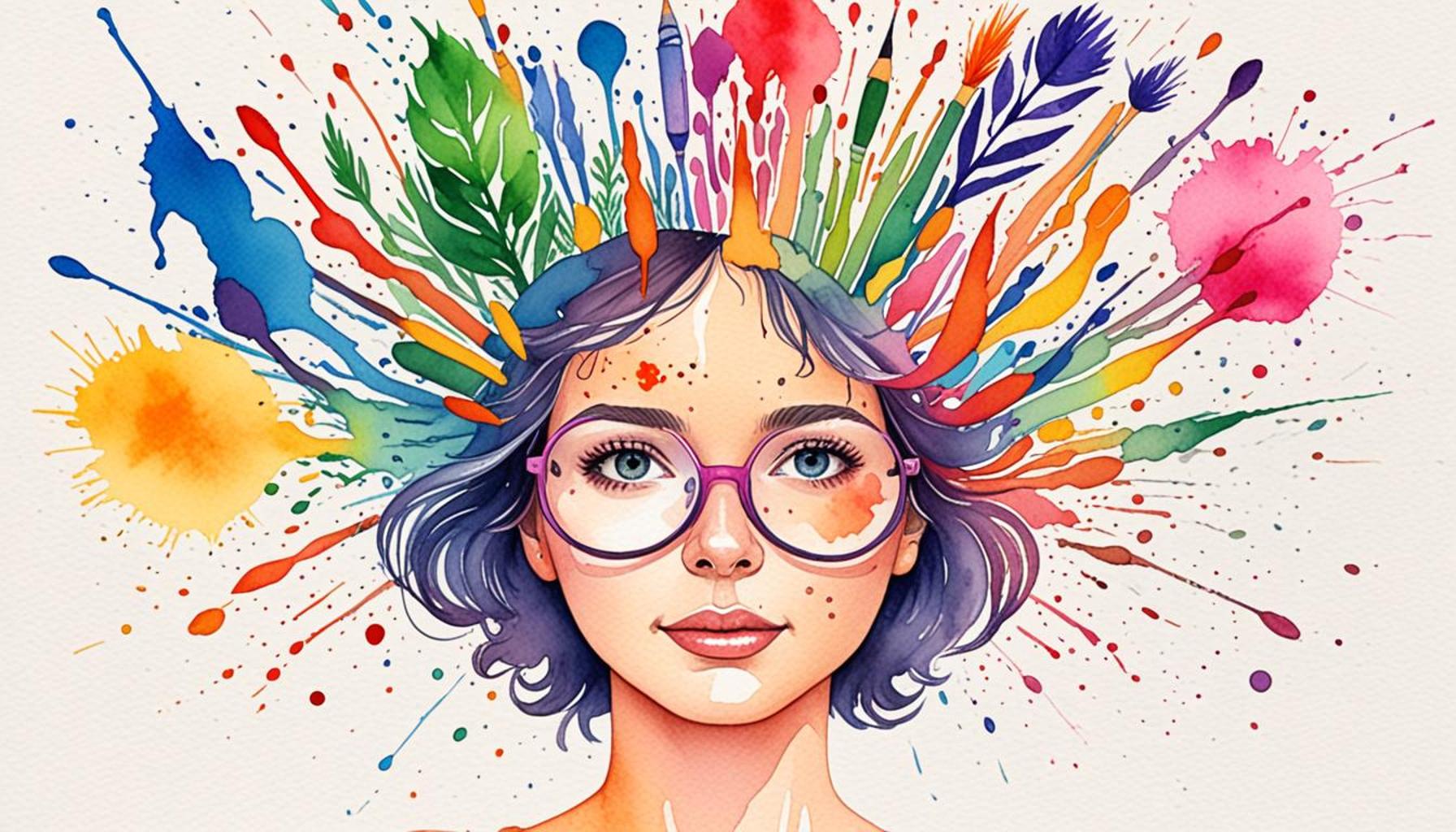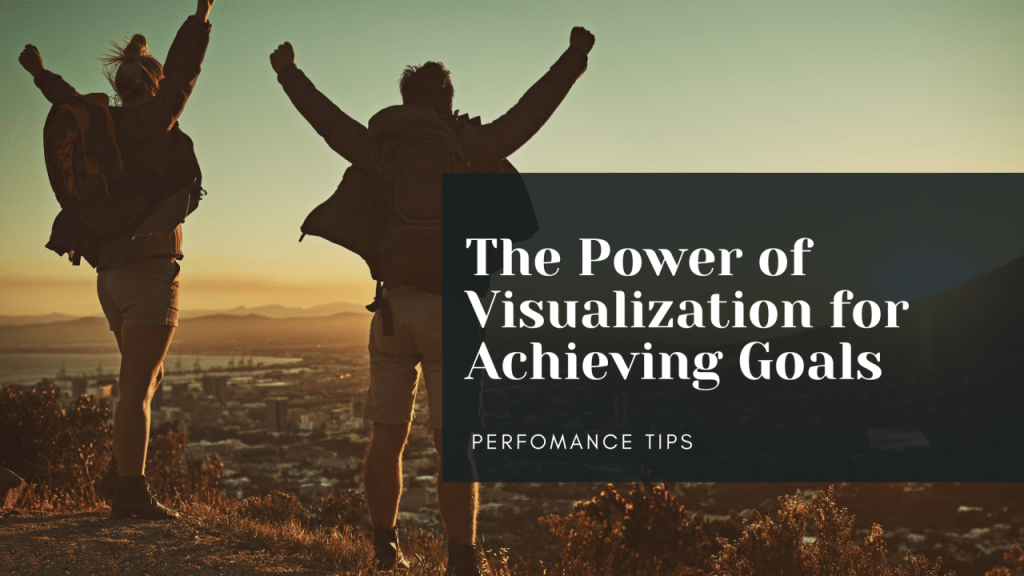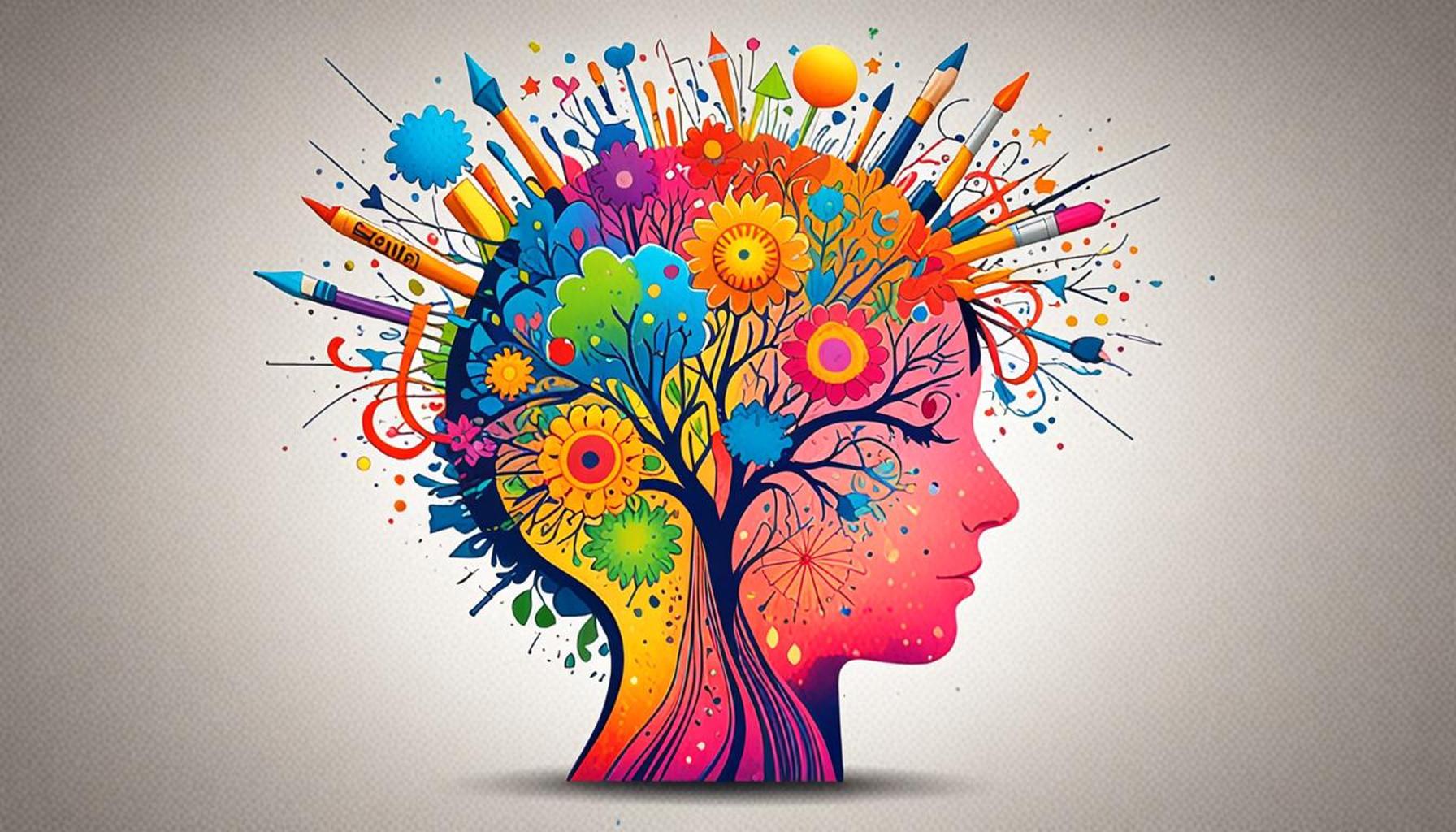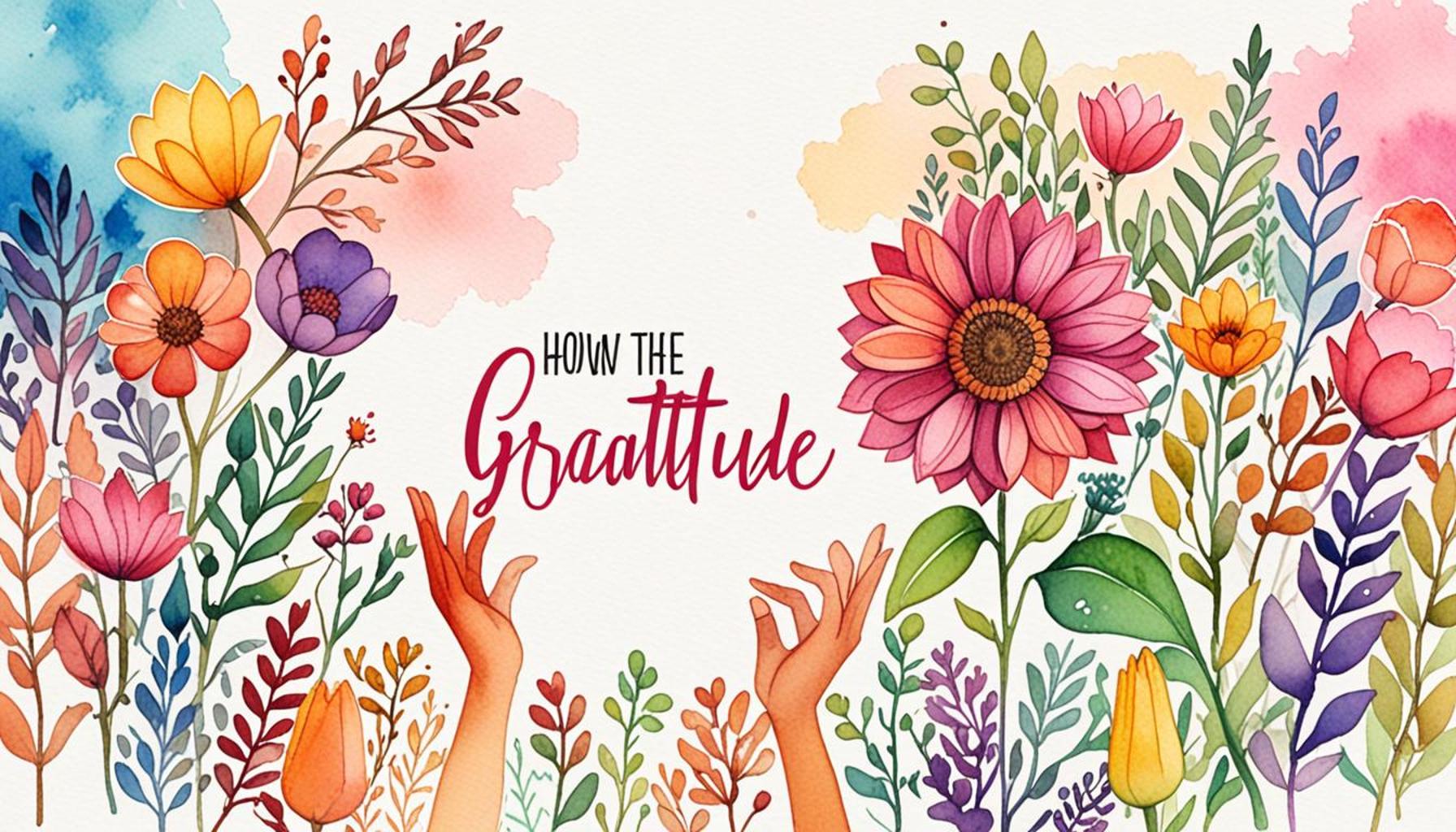Boost Confidence Growth Mindset with Visualization Techniques

Unleashing Your Potential Through Visualization
In a world where self-doubt can often hold us back, visualization techniques emerge as powerful tools to enhance self-confidence and cultivate a growth mindset. These methods allow individuals to mentally rehearse their goals and aspirations, paving the way for success in both personal and professional spheres. By harnessing the power of imagination, we can reshape our beliefs about our abilities and performance.
The Importance of a Growth Mindset
A growth mindset focuses on the idea that abilities and intelligence can be developed through dedication and hard work. This perspective fosters resilience, encourages learning from failures, and creates a passion for long-term goals. By integrating visualization into this mindset, individuals can effectively overcome barriers and enhance their growth potential.
What to Expect
In this article, we will delve into the top 5 visualization techniques that can bolster your self-confidence and support a growth mindset. These actionable strategies are designed to be accessible for everyone, regardless of their starting point. Prepare to discover how these techniques can transform your thinking and propel you toward achieving your dreams.
YOU MAY ALSO LIKE: Read this other article
Top 5 Visualization Techniques to Boost Self-Confidence and Foster a Growth Mindset
Every individual has untapped potential lying dormant, waiting to be awakened. Visualization techniques, a cornerstone of positive psychology, have been gaining traction as powerful tools in helping individuals unlock this potential. By fostering a growth mindset and boosting self-confidence, these practices allow one to mentally rehearse success, recalibrate their perceptions, and tune into their latent abilities. Here, we delve into five compelling visualization techniques that can significantly elevate self-assurance and cultivate a resilient mindset toward life’s manifold challenges.

5. Guided Imagery
Guided Imagery is a deeply therapeutic technique that invites individuals to immerse themselves in vivid mental scenarios. By following a structured script or narrative, participants visualize calming scenes or successful outcomes tied to their personal goals. This practice is widely used in therapeutic settings because of its capacity to significantly alleviate stress. However, its benefits extend far beyond relaxation, playing a pivotal role in bolstering one’s self-image and self-assurance.
Within guided imagery sessions, facilitators might encourage you to imagine tranquil settings—be it the gentle waves of a picturesque beach or the serene rustling of leaves in a dense forest. Once in this state of relaxation, you are guided to envision successfully overcoming specific obstacles in your personal or professional life. This dual engagement—of relaxation coupled with triumph—conditions your mind to believe in, and thus pursue, these projected achievements. By nurturing this instinctive confidence, guided imagery aligns one’s psychological state with the expectancy of success when facing reality.
4. Future Self Visualization
The art of envisioning a Future Self Visualization is akin to painting a vivid portrait of the person you aspire to become. This technique involves more than just dreaming about future success; it requires a detailed, sensory-rich imagination of your future self, complete with accomplishments, growth in personality, and lifestyle changes. Such visualization aids not only in setting clear, attainable goals but also serves as a profound motivator to achieve them.
To adopt this practice, dedicate time for introspection, reflecting deeply on your core aspirations. Imagine this ideal future self in great detail: What milestones have been reached? How do you interact with peers and mentors? What new skills have you mastered? By formulating this concrete image, you lay down a mental roadmap that directs your efforts, solidifying your commitment to personal development. Importantly, it fosters a growth mindset essential for transforming stagnant dreams into dynamic realities, empowering you to strive towards your envisioned self-worth persistently.
3. Affirmation Visualization
Affirmation Visualization harmonizes the power of positive affirmations with the vividness of visualization, thereby dramatically boosting its impact. This method takes advantage of the human brain’s remarkable capacity to rewire itself, reshaping perceptions of self-worth and success through repeated, reinforced mental imagery.
Begin by crafting positive affirmations that resonate with your goals, such as “I am a resilient problem solver,” or “I have the strength to thrive amid challenges.” As you recite these affirmations, visualize yourself strategically navigating and overcoming adverse scenarios. Imagine the confidence with which you conquer obstacles, repeating these affirmations as internal mantras. This immersive experience fosters a profound sense of self-efficacy, enhancing your belief in your potential to achieve, and surpass, expectations consistently.
2. Creative Visualization
A versatile and widely adopted technique, Creative Visualization finds favorites among athletes, public speakers, and industry professionals alike. It is rooted in the principle of envisioning success in specific, detailed circumstances, serving the dual purpose of reducing anxiety and preparing the mind for actual events.
Practitioners construct vivid images of themselves succeeding in their field of endeavor, from delivering a flawless presentation to crossing a finishing line triumphantly. This mental rehearsal ingrains an expectancy of success, bolstered by evidence from psychological research suggesting that visualization significantly influences real-life performance. By creatively visualizing scenarios of achievement, individuals bridge the gap between mere thought and decisive action, orchestrating real-world successes mirrored by their mental blueprints.
1. Visualization for Overcoming Failure
Topping our list is the Visualization for Overcoming Failure technique, which uniquely prepares you for setbacks, viewing obstacles as opportunities for growth rather than simply fearing failure. This method transforms potential obstacles into rehearsed scenarios, shifting the mindset from defeatism to resilience.
Picture potential setbacks in any domain of your life—personal, professional, or otherwise. Now, visualize a step-by-step response: identify the situation, acknowledge your emotions, and devise a quick recovery strategy. This rehearsal not only builds the confidence necessary to face challenges but reframes failure as an integral component of the learning process. By reinforcing the notion that failure is a precursor to growth, this technique instills a deep-rooted growth mindset, promoting confident adaptability in the face of adversity.
In conclusion, the exploration and integration of these five visualization techniques into one’s routine can profoundly enhance personal confidence and a growth-oriented mindset. Whether you seek self-improvement in personal endeavors or are ambitiously tackling professional challenges, these visualization practices offer a lifetime of potential and transformation. Implement them consistently, allowing yourself to discover the full extent of your capabilities, and prepare to be surprised by the remarkable changes that unfold.
| Category | Details |
|---|---|
| Visualization Techniques | These are methods that involve creating mental images of positive outcomes. They help in conditioning the brain to respond positively in stressful situations, boosting self-confidence significantly. |
| Mindset Shifts | Adopting a growth mindset encourages individuals to see challenges as opportunities. This shift is essential for fostering resilience and increasing motivation, often leading to personal and professional growth. |
| Positive Affirmations | Incorporating daily affirmations can reinforce a person’s self-belief. This practice not only boosts confidence but also helps in restructuring negative thought patterns, leading to a more optimistic outlook. |
| Emotional Regulation | Learning to manage emotions through visualization enables individuals to remain calm and focused under pressure. This skill is crucial in high-stakes environments where confidence can make a decisive difference in outcomes. |
The art of visualization serves as a powerful tool for enhancing self-confidence and fostering a growth mindset. By strategically applying these techniques, individuals can tap into their potential, transforming how they perceive personal and professional challenges. Each category within the framework plays a distinct role, paving the way for a more resilient and consistently successful mindset. Embracing such practices not only equips one to face obstacles effectively but also instills a profound sense of self-belief, critical in today’s fast-paced world.
YOU MAY ALSO LIKE: Read this other article
Frequently Asked Questions about Visualization Techniques for Boosting Self-Confidence and Fostering a Growth Mindset
What are visualization techniques, and how do they work?
Visualization techniques involve creating mental images to influence emotions and behaviors positively. By vividly imagining a desired outcome, you can increase motivation, enhance performance, and build confidence. These techniques work by harnessing the brain’s remarkable capacity for neuroplasticity, thereby reinforcing the pathways associated with positive thinking and successful behaviors. Through consistent practice, visualization helps shape a more resilient and optimistic mindset.
Can visualization genuinely improve self-confidence?
Yes, multiple studies have shown that visualization can significantly bolster self-confidence. When you visualize success, you mentally rehearse achieving your goals, which reduces anxiety and boosts self-belief. This practice helps the brain become accustomed to success, making it more likely to occur in reality. The key is consistency; regular visualization reinforces positive self-images and internalizes success-oriented mental states.
How do these techniques contribute to a growth mindset?
Visualization techniques nurture a growth mindset by encouraging individuals to focus on effort, resilience, and improvement rather than fixed abilities. By visualizing challenges as opportunities for growth and picturing oneself overcoming obstacles, a person can cultivate the belief that talents and abilities can be developed through dedication and hard work. This optimistic outlook fosters adaptability and continuous learning.
Are there specific types of visualization techniques recommended for beginners?
For beginners, guided visualization exercises, such as those available through apps or online platforms, offer a structured approach. These exercises often involve step-by-step instructions on imagining specific scenarios or outcomes. Another simple yet effective technique is the ‘Best Possible Self’ visualization, where individuals spend time picturing their best future self in vivid detail. Starting with these foundational practices can provide a solid footing in mastering visualization techniques.
How often should one practice visualization to see results?
Consistency is key when it comes to visualization. Daily practice, even for just a few minutes, can make a noticeable difference. Commit to visualizing your goals or desired outcomes each day, ideally at the same time and place, to establish a routine. Over time, these small investments can lead to significant enhancements in self-confidence and mindset.
RECOMMENDED: Check out this similar article
Conclusion
Throughout this exploration of visualization techniques designed to boost self-confidence and cultivate a growth mindset, we have delved into a range of strategies that hold the potential to transform personal development. From employing mental imagery to simulate success, to the strategic use of affirmations and vision boards, these approaches serve as potent tools for both personal and professional progress.
A key takeaway from these techniques is their ability to reshape our neural pathways. When practiced consistently, visualization encourages the brain to adapt and embrace new possibilities, fostering a more resilient and adaptable mindset. By imagining ourselves overcoming challenges and achieving goals, we are reinforcing the belief that growth is attainable, which is central to developing a growth mindset.
The Role of Visualization in Growth Mindset
Visualization is not merely about envisioning success; it is a proactive step towards cultivating an attitude that welcomes learning and self-improvement. A growth mindset encourages individuals to view failures as opportunities for growth rather than insurmountable obstacles. By incorporating visualization into daily routines, individuals can enhance their self-efficacy and perseverance.
Visualization techniques can serve as a powerful reminder of one’s capabilities and potential. They are a critical component of embracing a mindset that acknowledges effort and perseverance as paths to mastering new skills and achieving goals.
- Regular practice of mental imagery can lead to increased neural efficiency.
- Affirmations and vision boards reinforce positive self-perception.
- Visualization helps in setting and achieving realistic goals.
Ultimately, the power of visualization lies in its ability to transform belief into action, making it an invaluable tool for anyone seeking to foster a resilient, growth-oriented mindset. As with any skill, the benefits of visualization unfold through consistent practice and dedication. As readers continue on their journey, these techniques offer a means to unlock potential and inspire continued personal growth.


